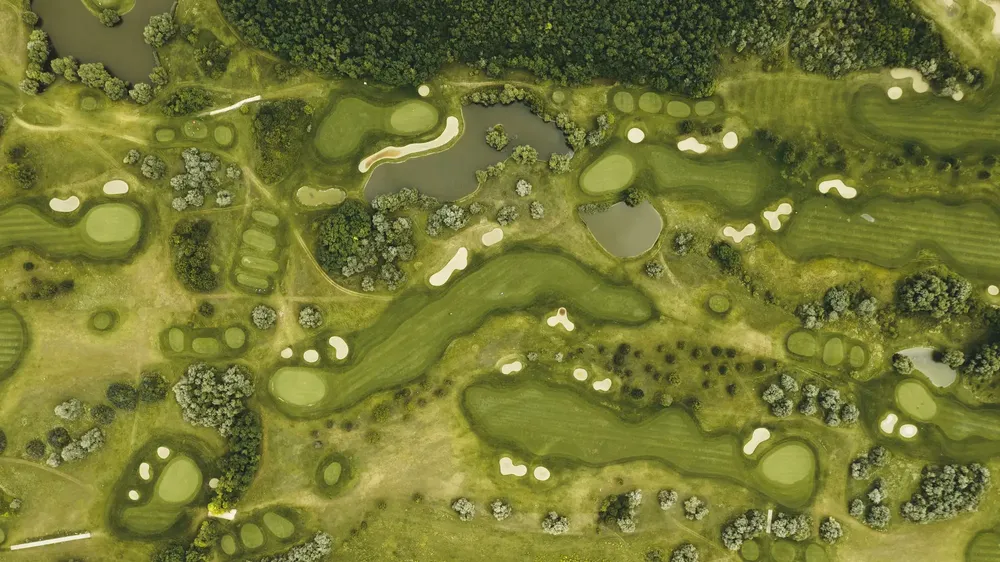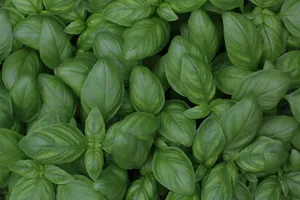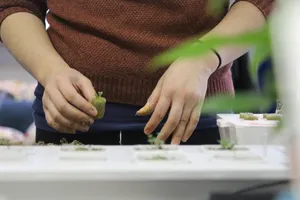Microalgae, the green gold of the oceans
Algae are probably the greatest treasure in the world's oceans. Whether climate, nutrition or transportation, algae offer sustainable alternatives for many things we use every day. But let's get to the most important question first:
What are algae, and why are they so relevant?
Algae or microalgae are small, mostly single-celled organisms that live aquatically. Under the right conditions, they multiply very quickly and therefore often become a sudden problem in bodies of water.
Similar to plants, microalgae also carry out photosynthesis and are therefore able to produce nutrients that are important for humans. Omega-3 fatty acids are particularly worth mentioning here. Omega-3 fatty acids are unsaturated fatty acids that are essential for the human body, but which we cannot produce ourselves. We must therefore obtain them from our diet.
As these fatty acids are only found in a few plants, such as flax, from which linseed is obtained. A large proportion of them are supplied by fish, either directly as edible fish or as a processed product.
But not all algae are the same. Some algae are better suited to food production than others. In addition to food and cosmetics, algae can also be used for energy and are of interest.
For example, hydrogen, biogas, and fuel can also be produced from algae.
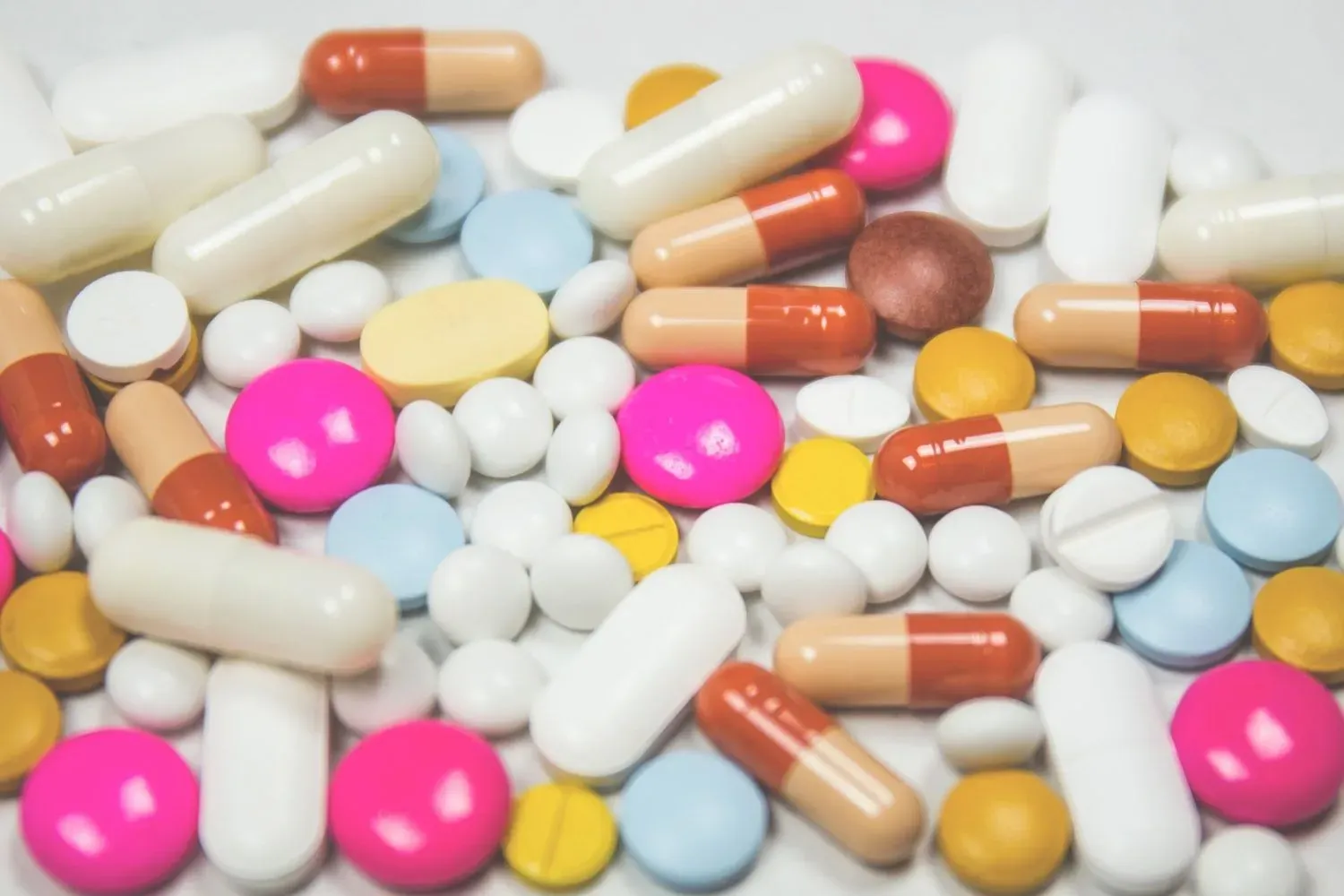
What types algae are there?
Firstly, a distinction should be made between large-leaved macroalgae and tiny microalgae. While macroalgae are multicellular organisms, microalgae are unicellular organisms.
Macroalgae are often processed in their original form. For example, Undaria pinnatifida is known as wakame lettuce or nori (which is obtained from various types of red algae) as an ingredient in sushi.
Chlorella and spirulina are probably the best-known representatives of microalgae. These are already frequently found as an ingredient in food supplements and cosmetics.

Algae for the environment!
In 2020, catching and eating marine fish is hardly sustainable in terms of both ecology and health. The oceans are overfished, tons of bycatch are produced and, to make matters worse, edible fish, like the sea, is extremely contaminated with microplastics.
And this is where algae become interesting. Because, like us, fish get most of their omega-3 fatty acids from eating algae. Why shouldn't we do the same?
Because one advantage is immediately clear: algae are much easier to cultivate under good conditions than fish. It also saves a lot of space and resources.
As with vertical farming, algae can also be grown in the middle of the city and also vertically. Environmentally friendly thanks to a circular economy and short supply chains. This means that the algae can be processed directly.
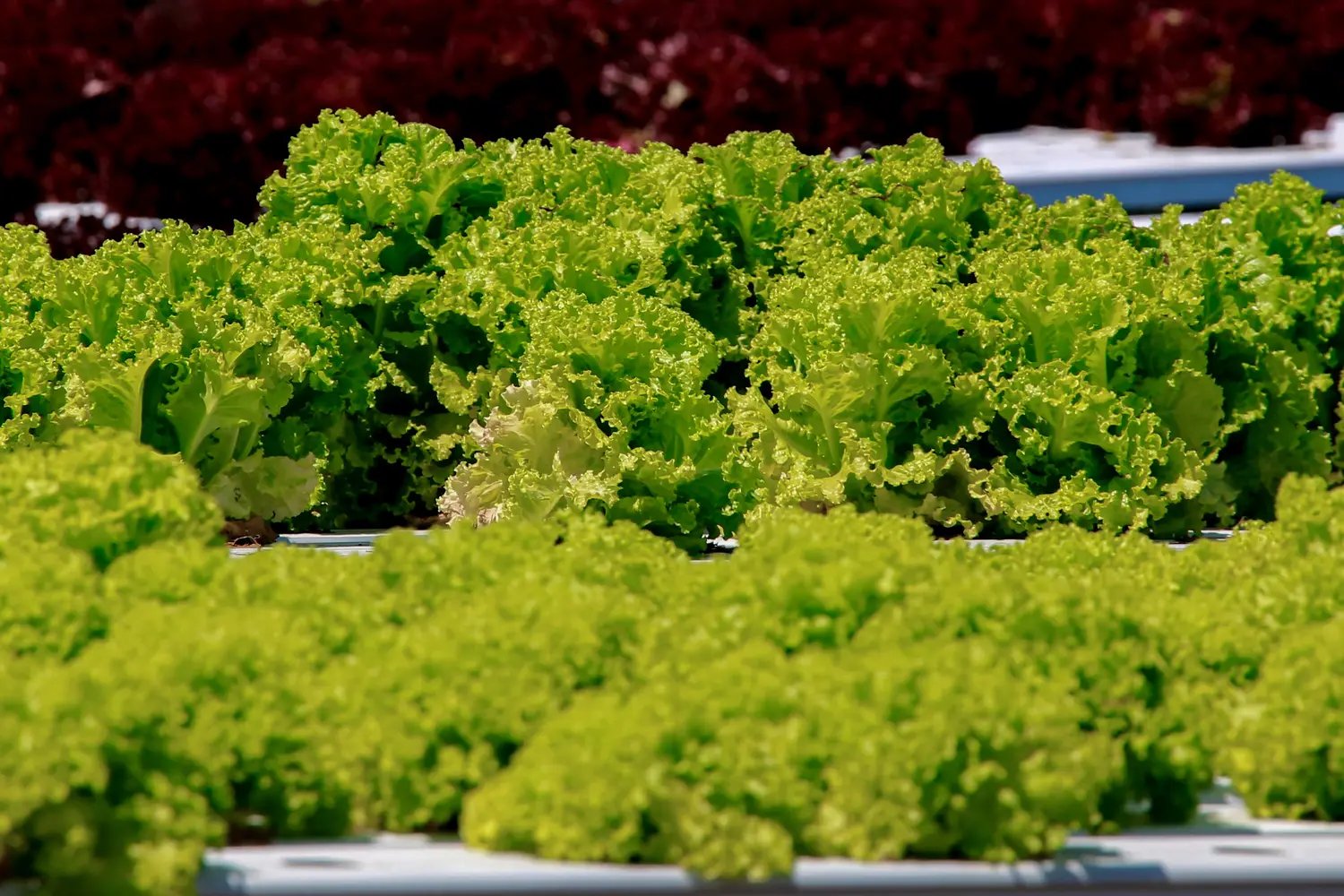
Superfood in moderation
But all that glitters is not green, algae also have their risks. In addition to many elements that are healthy for humans, algae also store heavy metals and a lot of iodine.
This is the reason caution is advised with algae that does not come from controlled cultivation. Although algae can be eaten without hesitation, it should be consumed in moderation.
However, this problem can be solved by cultivating the algae in a controlled urban setting.
Is an algae farm a profitable business?
Although the technology and structure of an algae farm are currently complicated, once such a farm is up and running, it can be operated with very little maintenance. The components that are important here are
Running water at the right temperature, light, nutrients, and an algae culture. An algae culture is a batch that contains numerous algae.
Once you have all this together, not too much can go wrong.
After a short acclimatization phase, the algae begin to divide between 2 and 24 times a day. The culture will grow to an impressive size within a few days.
Once the system and culture are large enough, fresh algae can be harvested daily. These can be wonderfully processed fresh or dried into powders for cosmetics, food supplements, food, or fertilizers. This would make it possible to produce biodegradable and sustainable products.
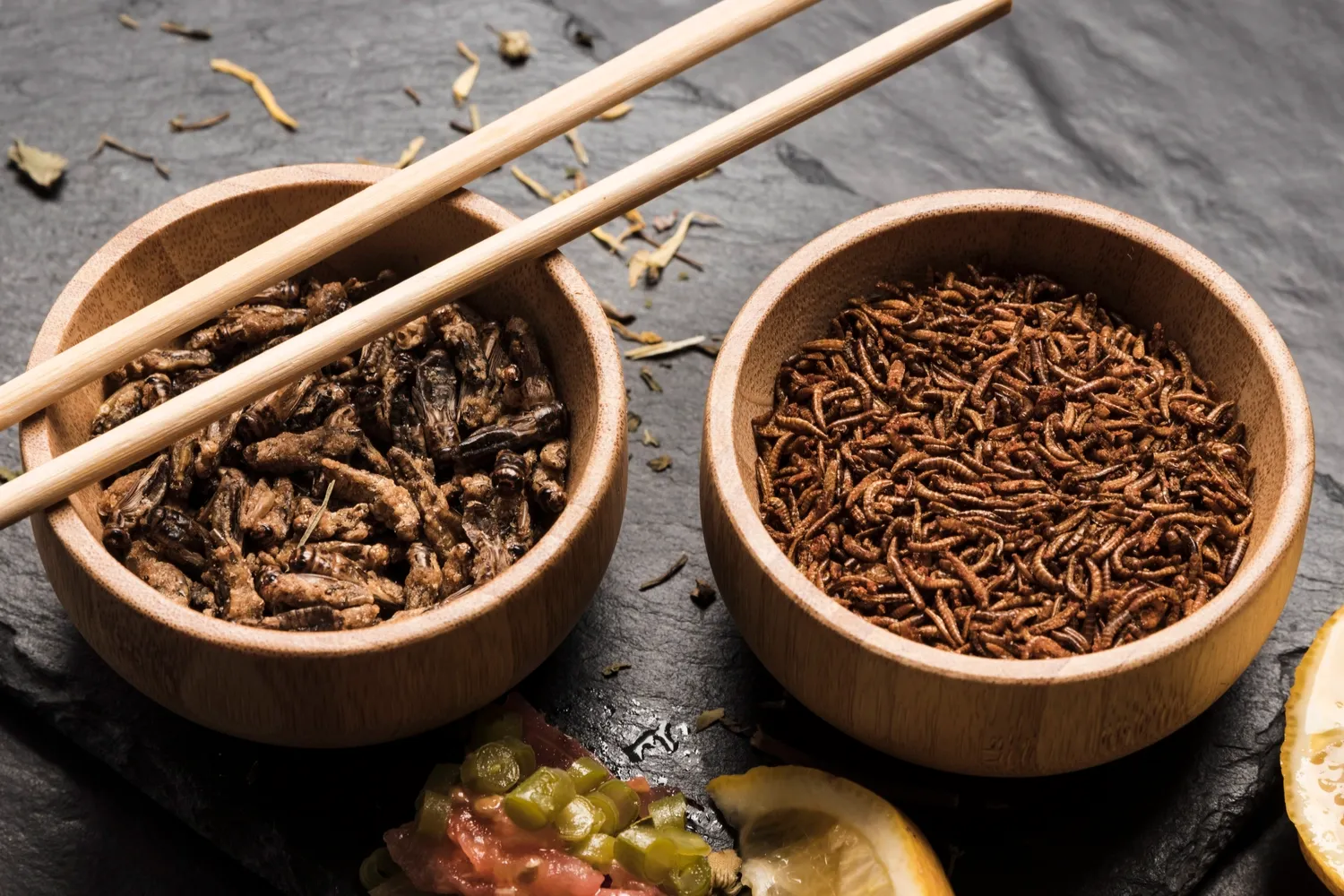
Looking to the future, we can therefore say that an algae farm is definitely worthwhile. Demand will increase over the next few years, while the technology and automation of such farms will continue to advance.
Some companies have even started researching plastics made from algae, or even producing disposable items entirely from it. This offers an interesting and promising perspective on the algae market.
Whether algae will be a realistic alternative to edible fish in the future remains to be seen, but one thing is very clear: products made from algae will become more and more part of our everyday lives in the coming years and will hopefully represent an environmentally friendly alternative to many products.

